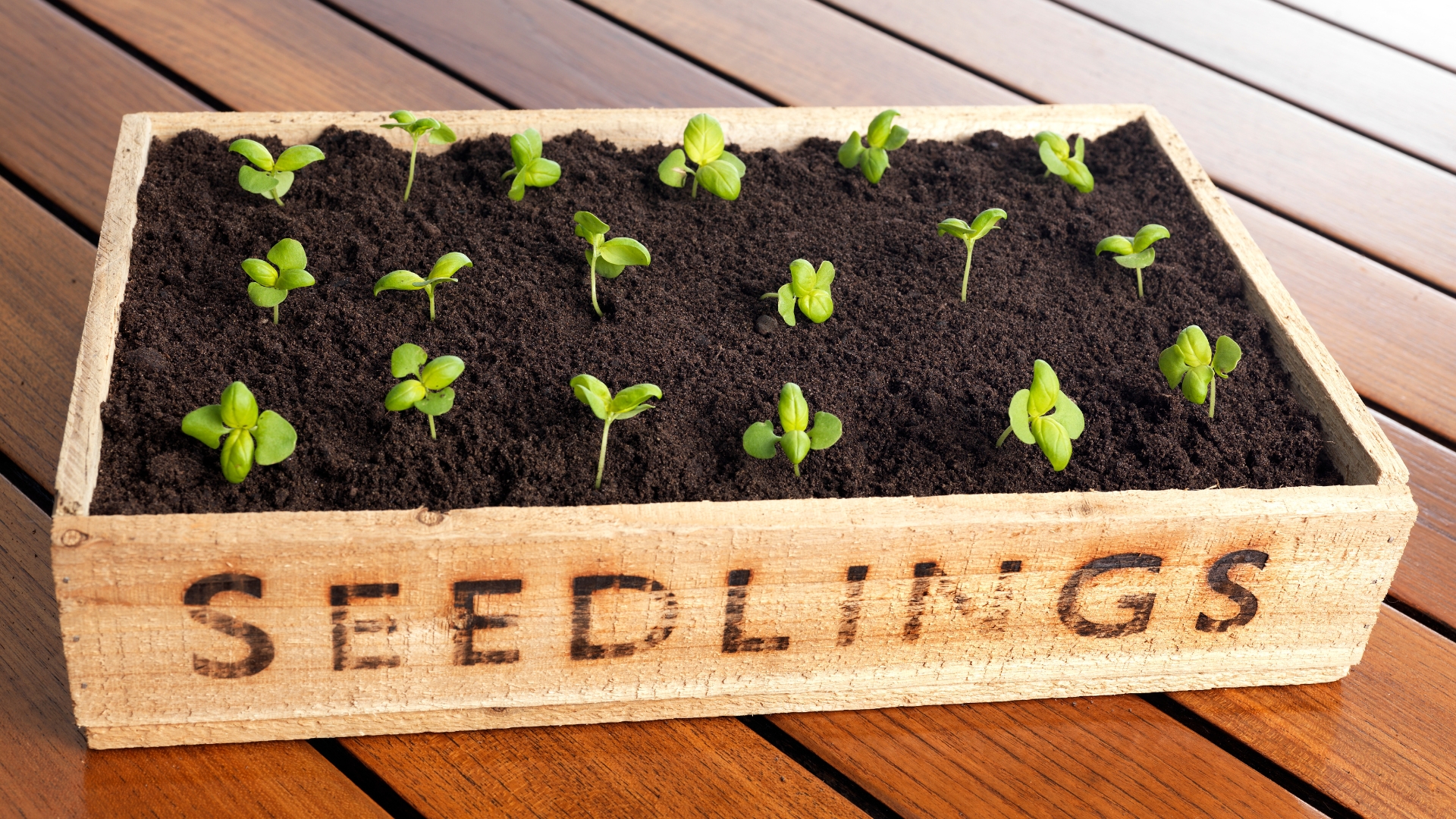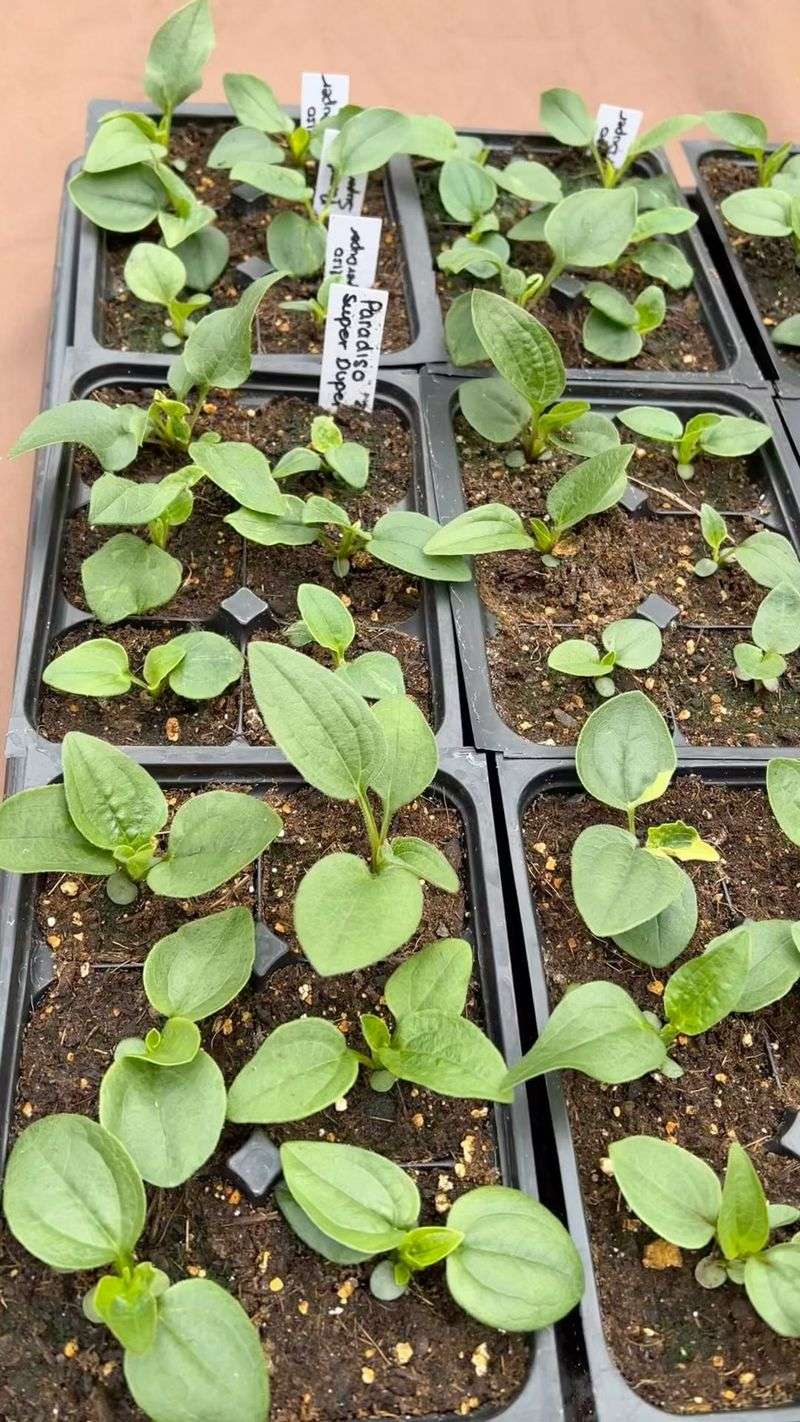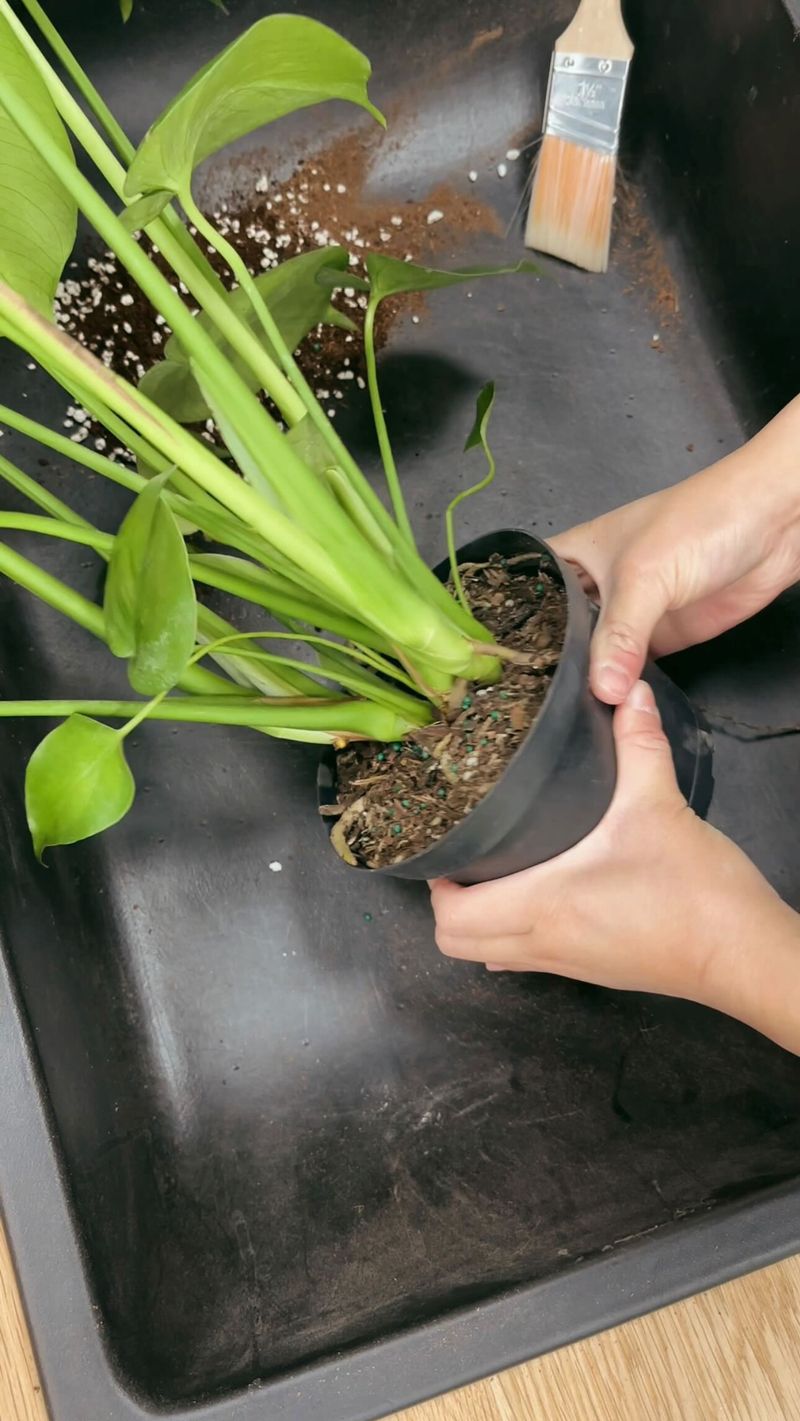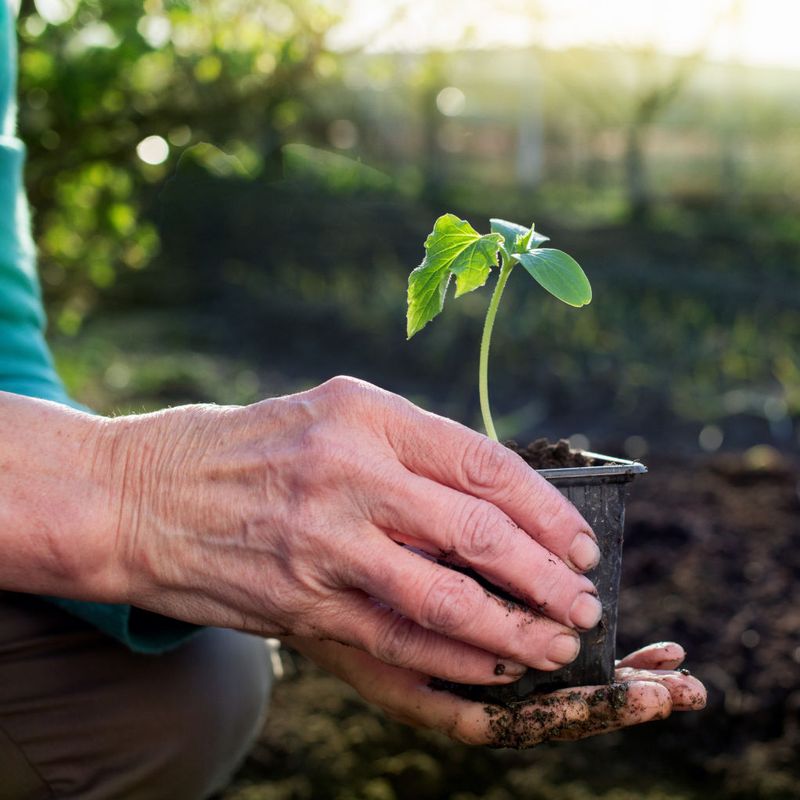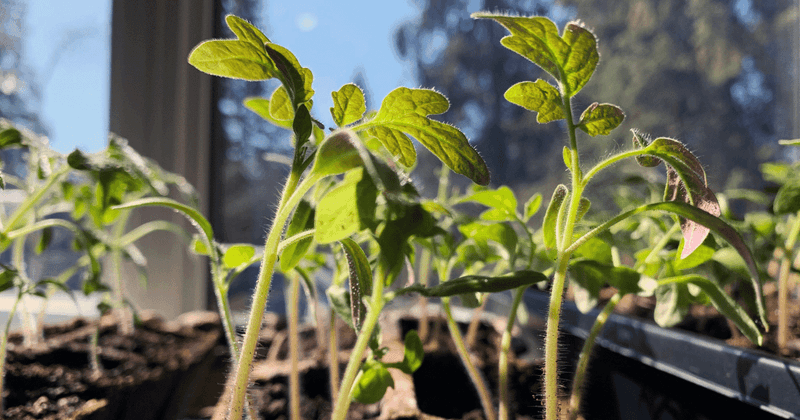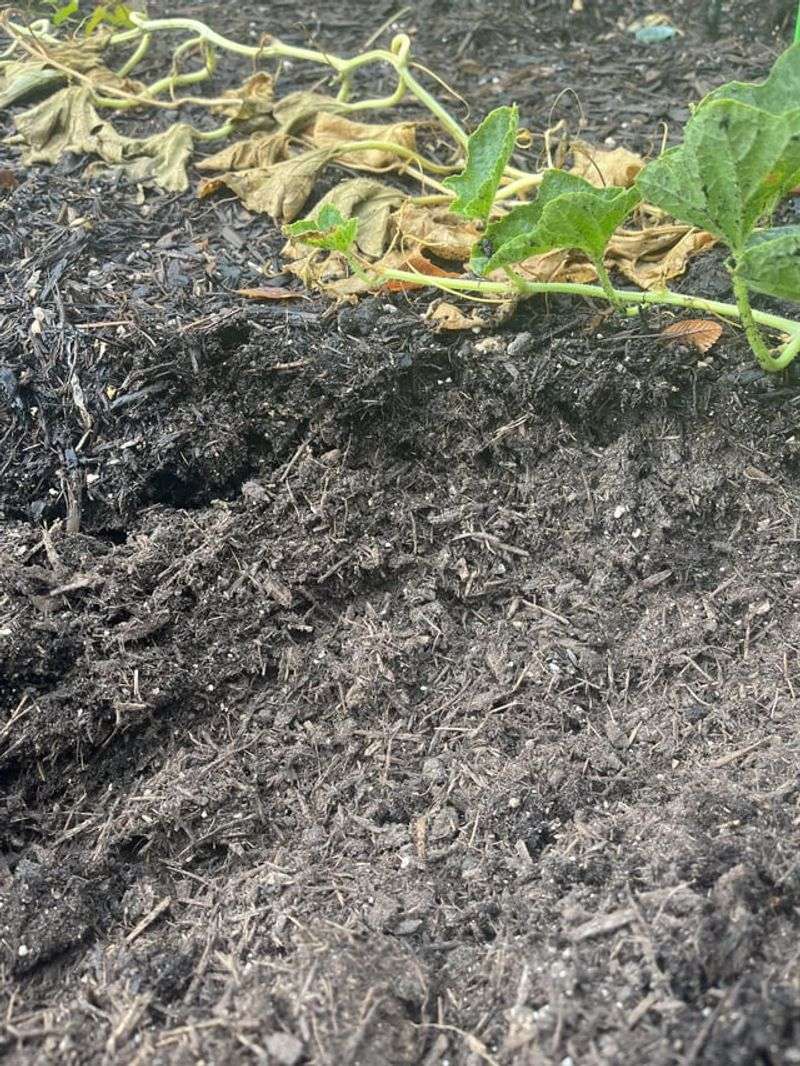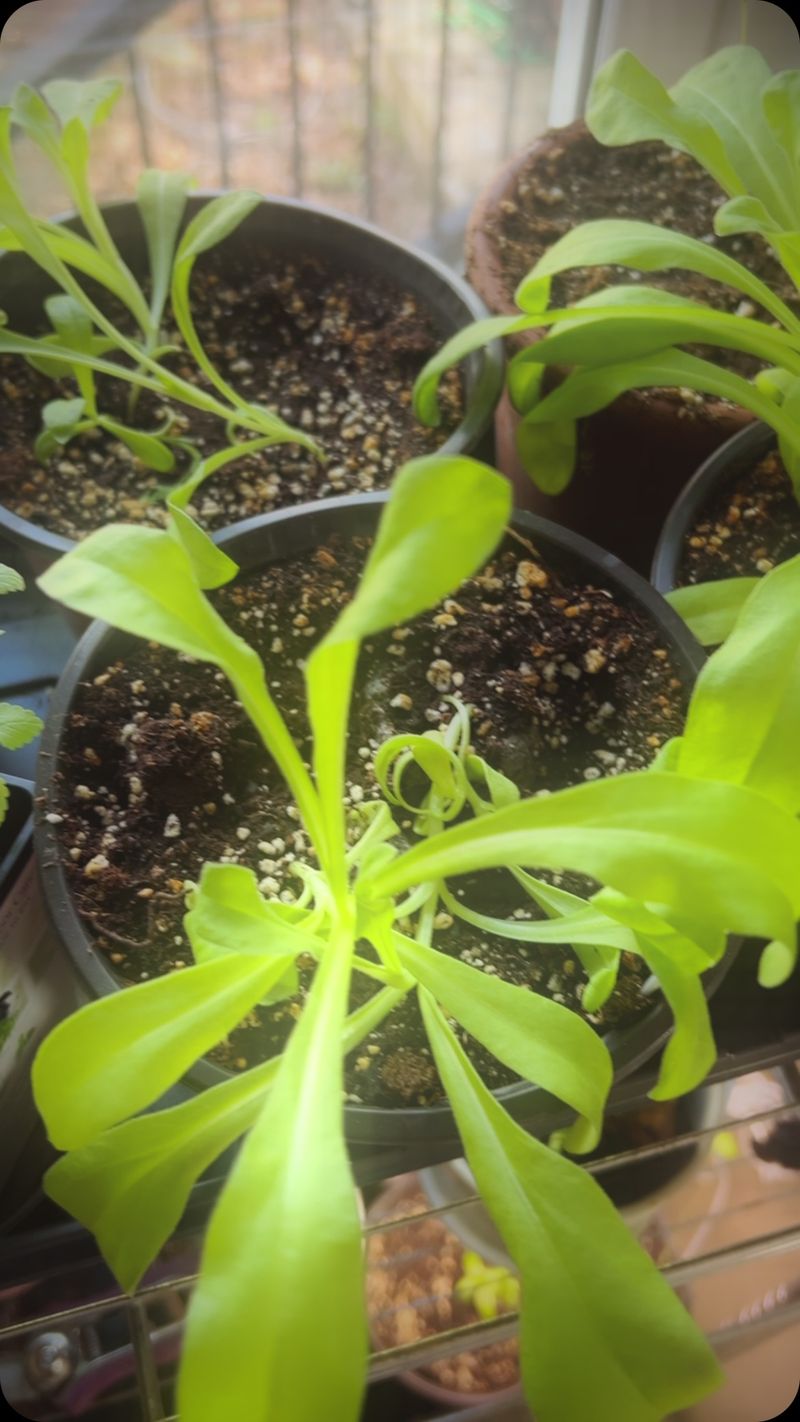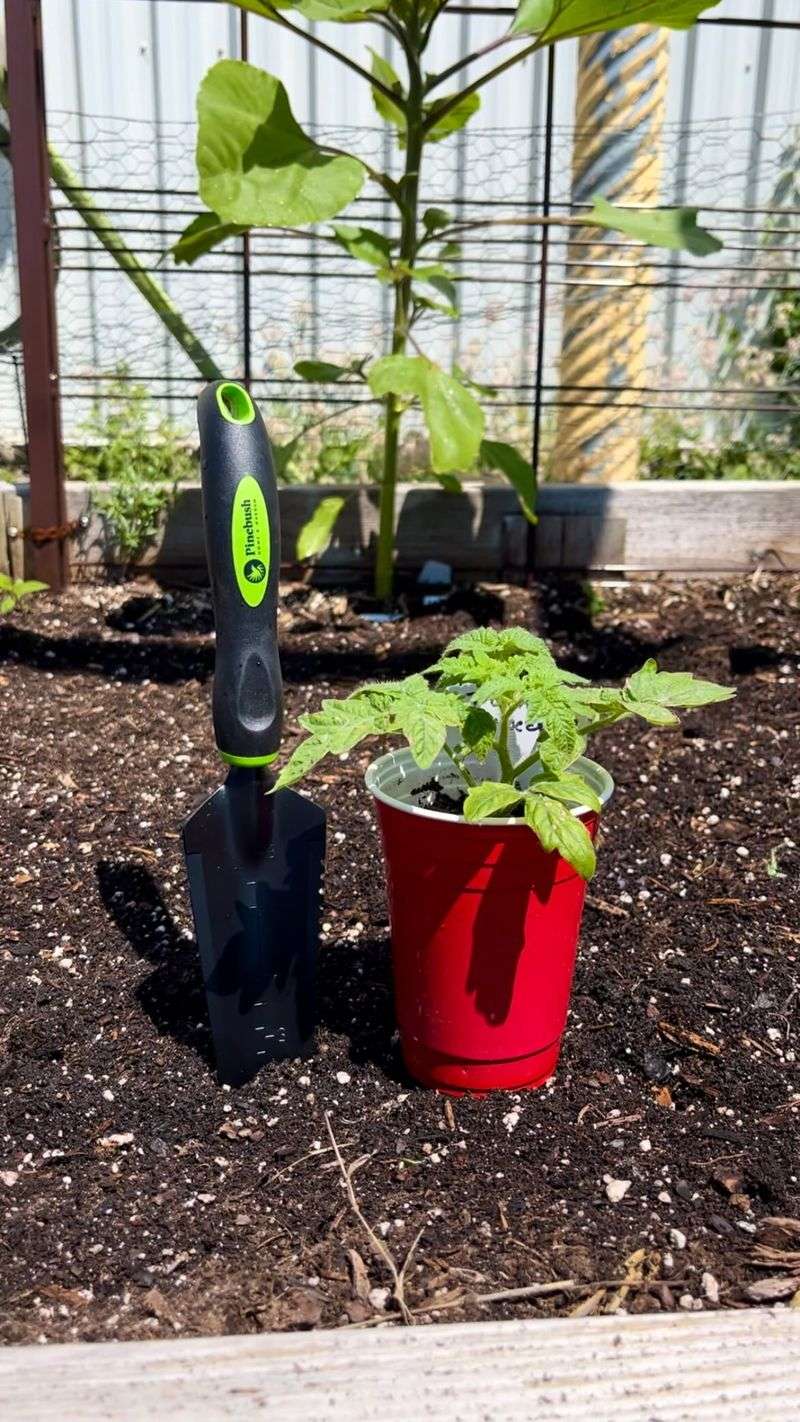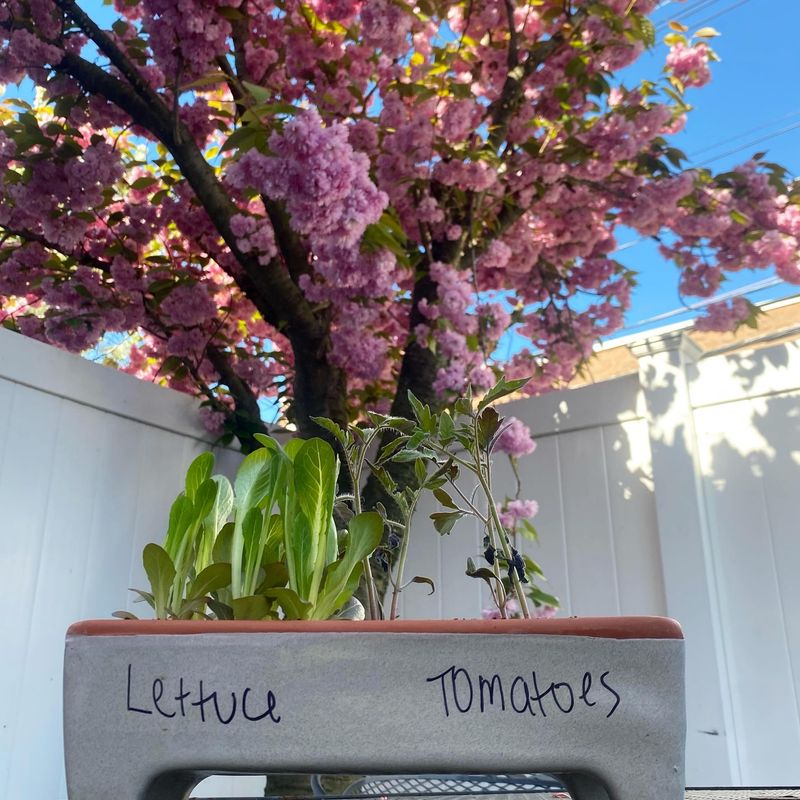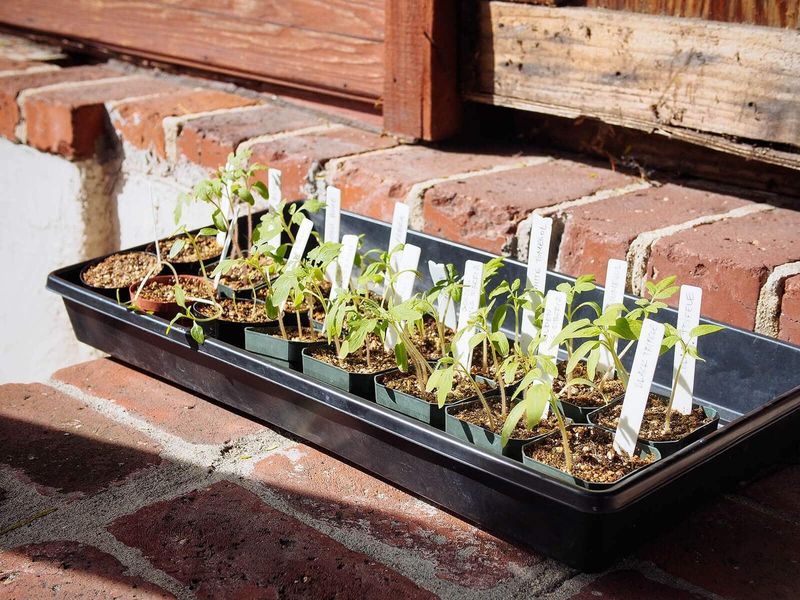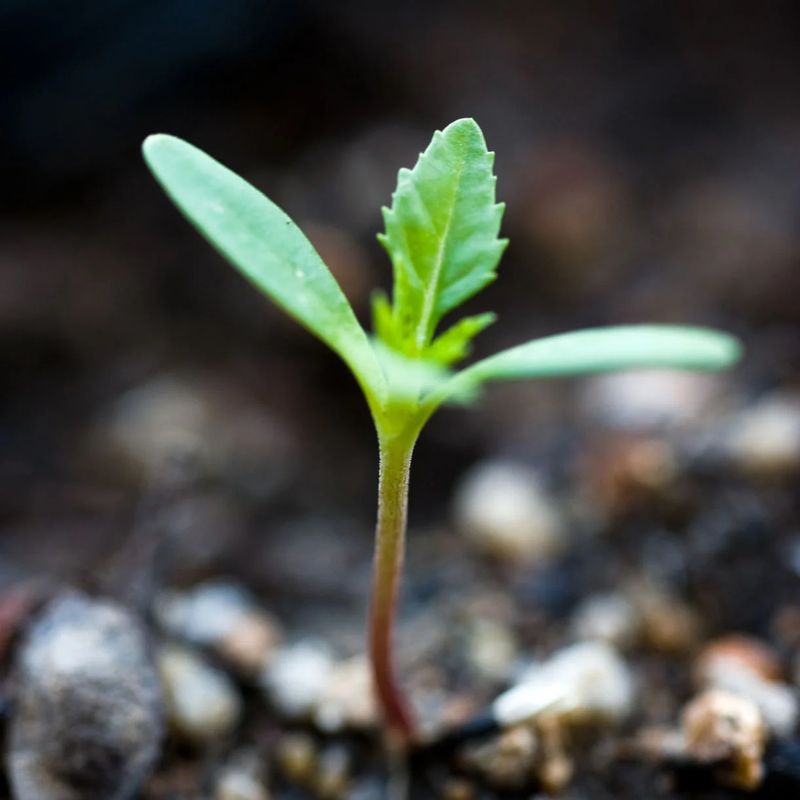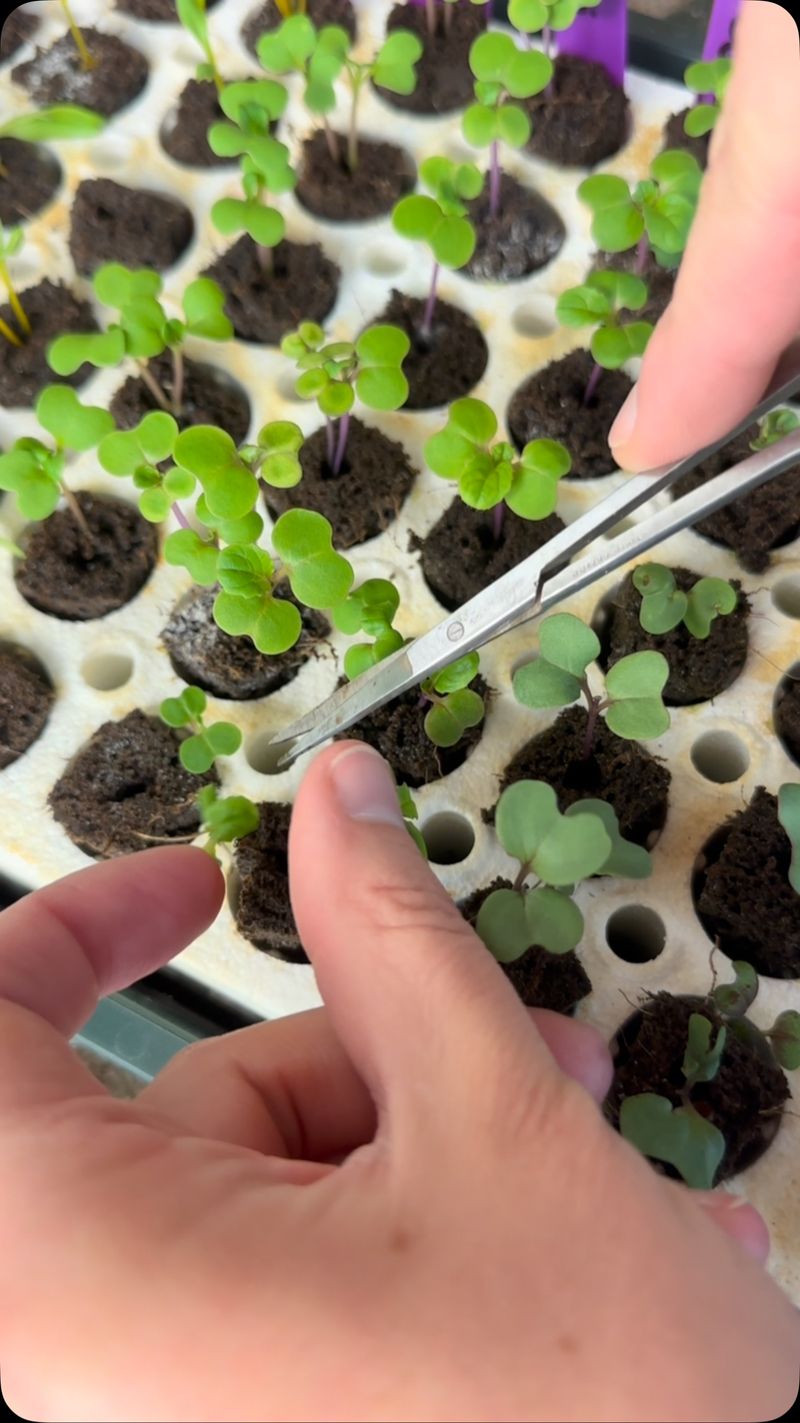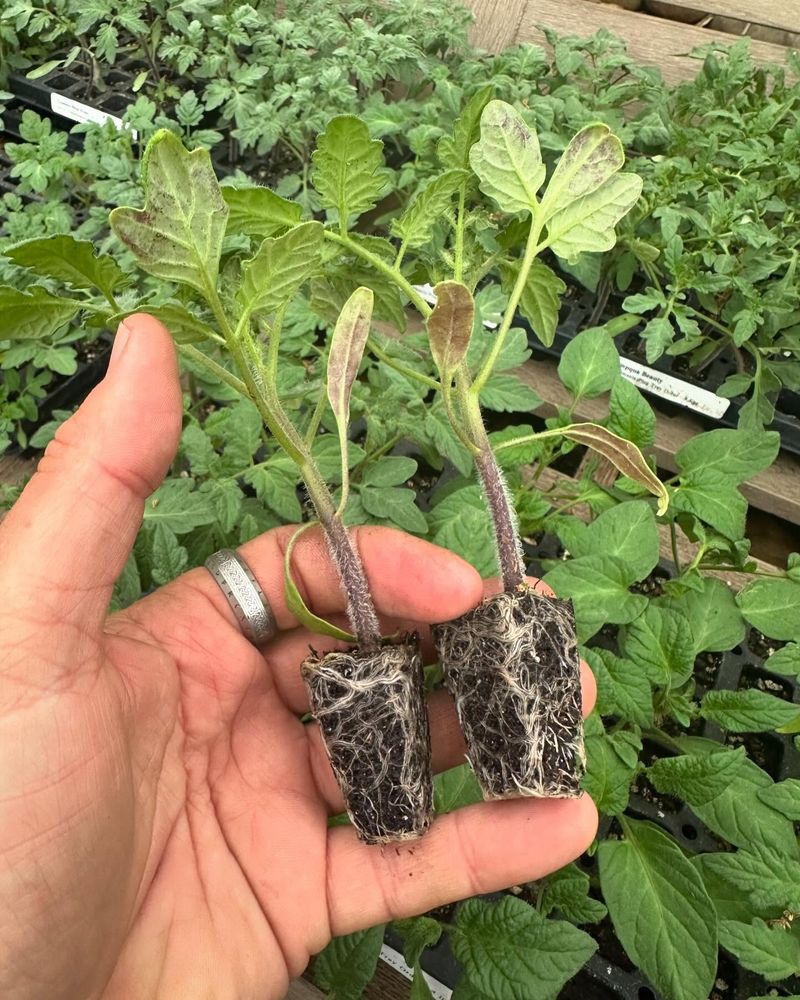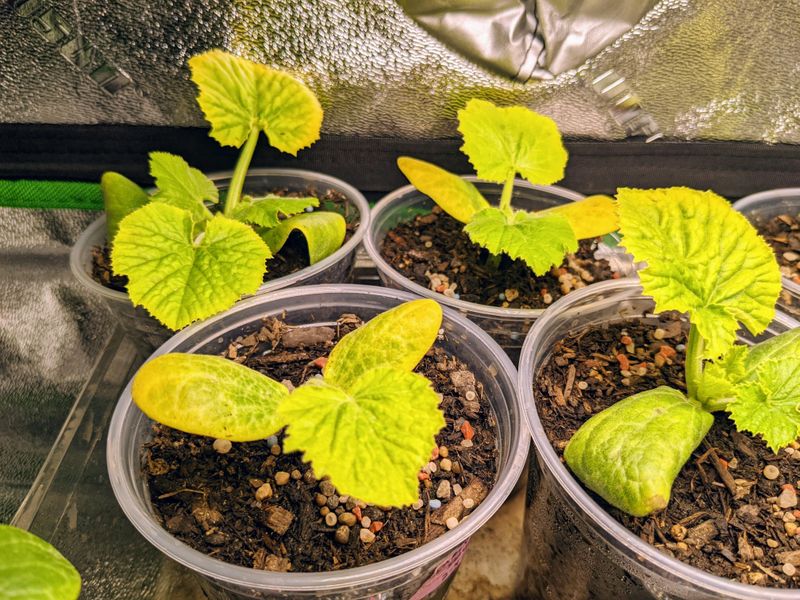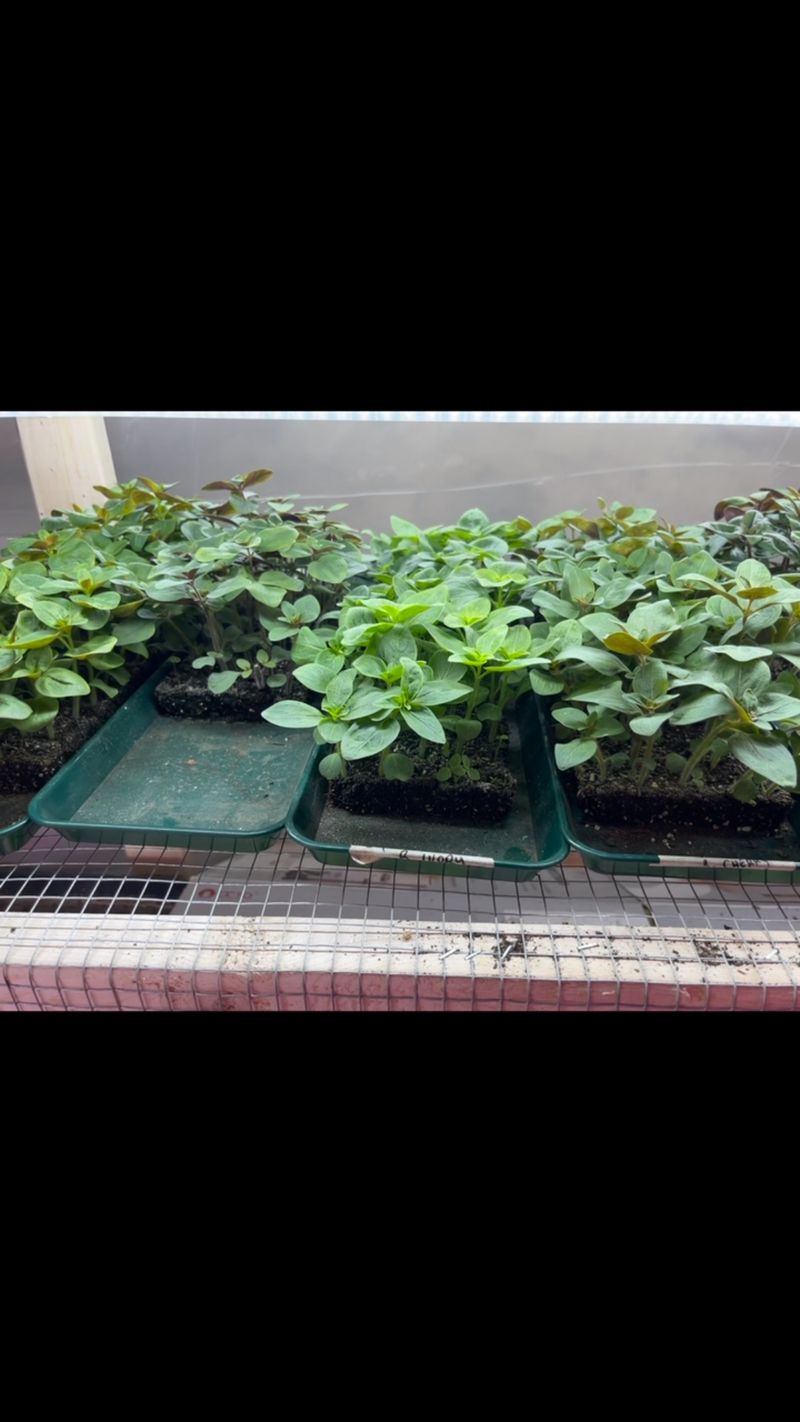Transplanting seedlings at the right time can make all the difference between thriving plants and stressed-out ones. Move them too soon, and they might struggle to adjust; wait too long, and they risk becoming root-bound or stunted. Knowing exactly when to make the move is key to giving your plants the best start. Here are 10 signs your seedlings are ready to transplant—and 5 signs that they aren’t quite there yet!
1. True Leaves Have Appeared
When seedlings develop their first true leaves, they’re moving past the initial sprout stage. True leaves look different from the small, rounded cotyledons. These leaves are typically more defined and appear after the plant has absorbed enough nutrients. It’s a sign the plant is starting to photosynthesize more efficiently.
Meeting this milestone indicates the seedling’s readiness to handle the rigors of transplanting. Observing true leaves means the plant can better adapt to new soil conditions. Watch for these leaves as they emerge prominently, showcasing a heartier growth phase.
2. Roots Start Emerging from Drainage Holes
Spotting roots peeking through the drainage holes of a seedling pot is a clear signal that your plant is ready for more space. Roots searching for additional room to grow indicate healthy development. This is nature’s way of telling you that the plant will soon outgrow its current confines.
Providing more room by transplanting helps prevent the roots from becoming tangled and compromised. It ensures the seedling continues to absorb nutrients efficiently. Keep an eye on those drainage holes – they reveal a lot about your plant’s journey.
3. Seedlings Are 2-3 Inches Tall
Seedlings reaching a height of 2-3 inches often indicate they have matured beyond the initial growth phase. This height suggests that the plant has developed enough to thrive in a new environment. Taller seedlings generally have stronger stems and a robust root system that supports their new growth.
Transplanting at this stage allows the plant to continue its upward journey more comfortably. Offering new soil space ensures that the nutrients can keep up with the plant’s ambitions. Watch for this height as a key growth marker.
4. Stems Are Sturdy and Upright
Strong, upright stems tell you that your seedlings are ready for the next stage. These stems support the plant as it reaches higher and are less likely to break during the transplanting process. The resilience shown by sturdy stems is a promising sign of a healthy seedling.
Seedlings with such stems can better withstand environmental changes post-transplant. It indicates a balanced growth between root and shoot systems. Look for seedlings that proudly stand tall, showing off their readiness for a bigger home.
5. Leaves Begin Crowding Each Other
When the leaves of your seedlings start overlapping, it’s a sign they need more space. Crowded leaves can block sunlight from reaching lower parts of the plant. This competition may stunt the growth of some seedlings, as they struggle for light and air.
By transplanting, you give each plant room to spread its leaves and grow stronger. Ensuring enough space for leaves to expand improves overall plant health. Watch for this sign to ensure your seedlings have room to flourish.
6. Soil Dries Out Quickly After Watering
If the soil around your seedlings dries out quickly after watering, it signals that the plants are thirsty for more space. Rapid drying indicates that the roots have filled the container and absorb water faster than the soil can provide.
Transplanting into larger pots or garden beds can help. This ensures the plant has enough water and nutrients to grow. The soil’s moisture retention capacity improves significantly with more space, benefiting your thirsty seedlings. Keep an eye on soil moisture as a crucial growth indicator.
7. Seedlings Are Outgrowing Their Containers
When seedlings start to overflow their containers, it’s a clear sign they’re ready for a more spacious environment. Plants that have visibly outgrown their pots struggle with limited nutrients and space, which can hinder growth.
Transplanting provides the roots with freedom to expand, ensuring the plant can reach its full potential. This is a vital step for continued healthy growth. Monitor your seedlings and make sure they’re not stuck in cramped quarters by observing their spatial needs.
8. Ready Weather Conditions for Outdoor Transplanting
The right weather plays a crucial role in successful transplanting. Mild temperatures with little wind ensure seedlings don’t experience shock. Consistent sunlight without harsh conditions helps them adapt to their new environment.
Checking the forecast is a smart move before transplanting, ensuring that your seedlings have the best start outdoors. Choose days when temperatures are stable. Weather readiness is as important as plant readiness in this process.
9. Seedlings Respond Well to Light and Airflow
Healthy seedlings bask in light and benefit from good airflow. Observing how they respond to these elements can tell you a lot about their readiness. Seedlings that grow strong under bright conditions are likely ready to handle a new environment.
Ensuring proper light and airflow encourages robust growth and helps prevent disease. These conditions signal a seedling’s strength and adaptability. It’s a joyful sight to see them thriving, an indicator that they can manage the transition outdoors.
10. Hardened Off Successfully Outdoors for Several Days
Before transplanting permanently outdoors, hardening off is essential. This process involves gradually exposing seedlings to outdoor conditions. Doing this over several days helps them adjust without stress.
Seedlings that have been successfully hardened off will be better equipped to handle swings in temperature and wind. This preparation boosts their chances of thriving post-transplant. Make hardening off part of your routine to ensure seedlings are ready for the outdoors.
11. Don’t Transplant If Only Cotyledon Leaves Are Present
Cotyledon leaves are the first to appear on seedlings but do not indicate readiness for transplanting. These leaves are initial food stores for the plant and don’t handle environmental changes well.
Waiting for true leaves ensures that the plant has developed enough to survive outdoors. Transplanting at the cotyledon stage risks the seedling’s health. Patience pays off when observing the leaf development of your seedlings, ensuring they’re ready for successful transplantation.
12. Don’t Transplant If Stems Are Thin and Weak
Thin, weak stems suggest that seedlings aren’t ready for the big move yet. These seedlings may struggle to support themselves in a new environment, making them vulnerable to damage.
Waiting until the stems grow sturdier ensures that the plant can endure the challenges of wind and soil changes. Robust stems are crucial for successful transplantation. Keep monitoring stem strength as a readiness indicator for your seedlings.
13. Don’t Transplant If Roots Haven’t Filled the Container Yet
Roots that haven’t filled their container suggest the seedlings need more time to develop. Transplanting too early can hinder growth as roots struggle to adapt to new soil conditions.
Ensuring roots are well-developed before moving them guarantees that the plant can absorb nutrients and water effectively. Check root density through drainage holes or gently lift the plant to observe its foundation. This patience leads to healthier, more resilient plants.
14. Don’t Transplant If Leaves Are Yellowing or Wilting from Stress
Yellowing or wilting leaves are telltale signs of plant stress. This indicates the seedling is struggling and not ready for transplanting. Addressing underlying issues like nutrient deficiency or watering problems can revive the plant’s health.
Ensuring leaves are vibrant and firm means the seedling is in optimal condition for transplanting. Healthy foliage suggests that the plant can handle the transition more successfully. Observe leaf color and texture closely to determine the best time for action.
15. Don’t Transplant If They Haven’t Been Hardened Off Yet
Without gradual exposure to the outdoors, seedlings may suffer from transplant shock. Hardening off allows them to slowly adapt to the elements, increasing their resilience.
Rushing this step can lead to setbacks in growth or even plant death. Ensuring seedlings have been properly acclimated is crucial for a successful transition. Make sure to include this key step in your transplanting checklist to support healthy, thriving plants.

